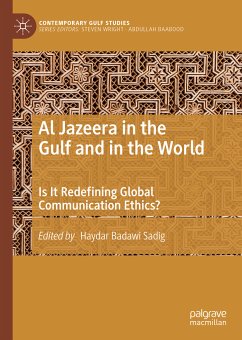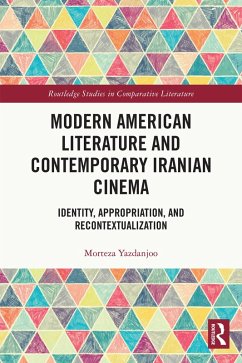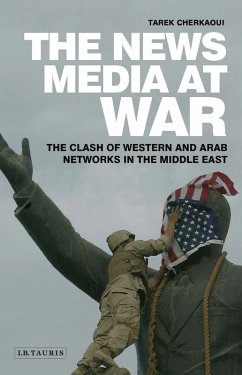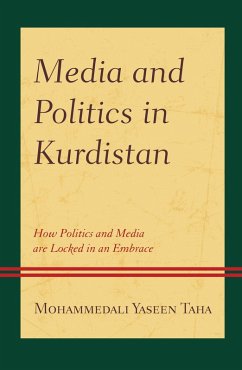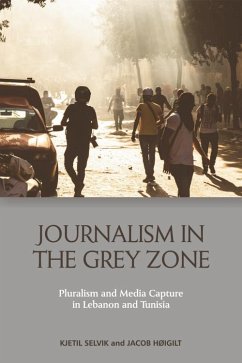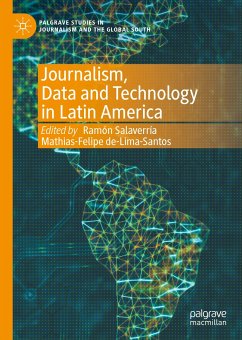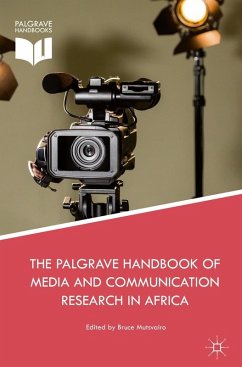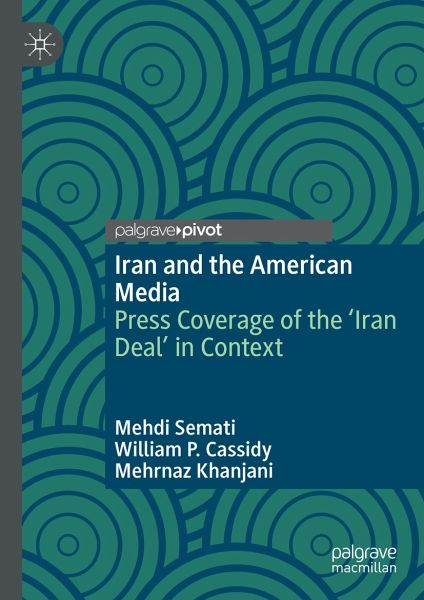
Iran and the American Media (eBook, PDF)
Press Coverage of the 'Iran Deal' in Context
Versandkostenfrei!
Sofort per Download lieferbar
48,95 €
inkl. MwSt.
Weitere Ausgaben:

PAYBACK Punkte
24 °P sammeln!
This book investigates the American media coverage of the historic nuclear accord between the Islamic Republic of Iran and the world powers, commonly known as the Iran Deal. The analysis examines the sources of news and opinion expressed about the Iran Deal in The New York Times, The Washington Post and the national newscast of broadcast networks. The empirical component uses media sociology and indexing theory to determine the extent to which the media covered the topic within a framework of institutional debates among congressional leaders, the executive branch and other governmental sources...
This book investigates the American media coverage of the historic nuclear accord between the Islamic Republic of Iran and the world powers, commonly known as the Iran Deal. The analysis examines the sources of news and opinion expressed about the Iran Deal in The New York Times, The Washington Post and the national newscast of broadcast networks. The empirical component uses media sociology and indexing theory to determine the extent to which the media covered the topic within a framework of institutional debates among congressional leaders, the executive branch and other governmental sources. The coverage is placed within a larger historical and interpretative framework that examines the construction of Iran in both the pre-revolution news narratives and in the post-revolution American media and popular culture. The book endeavors to reveal the place Iran occupies in the American political and cultural imagination.
Dieser Download kann aus rechtlichen Gründen nur mit Rechnungsadresse in A, B, BG, CY, CZ, D, DK, EW, E, FIN, F, GR, HR, H, IRL, I, LT, L, LR, M, NL, PL, P, R, S, SLO, SK ausgeliefert werden.



